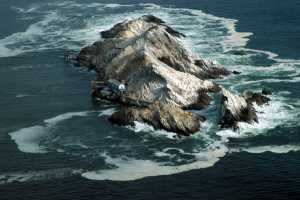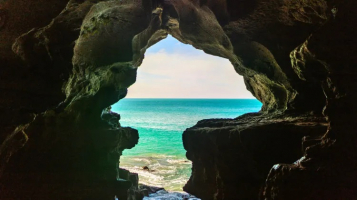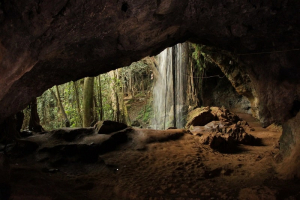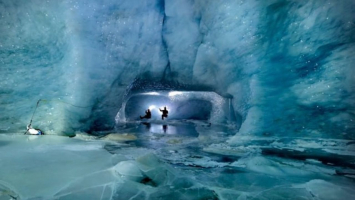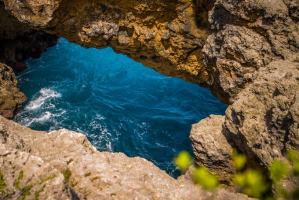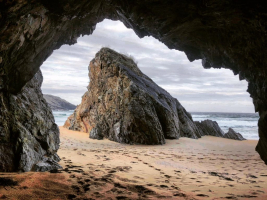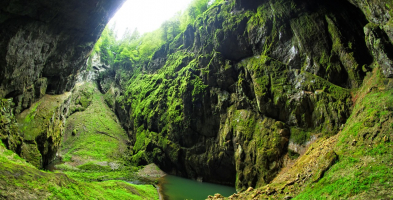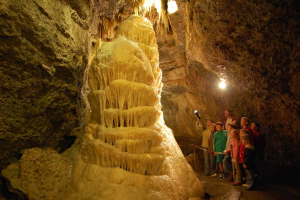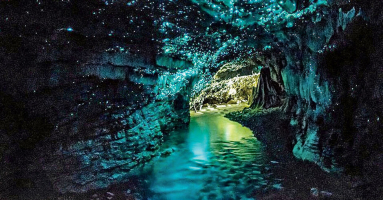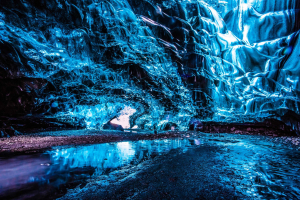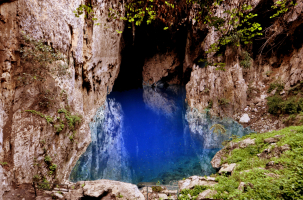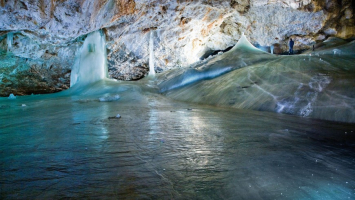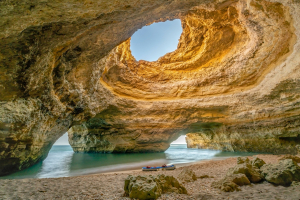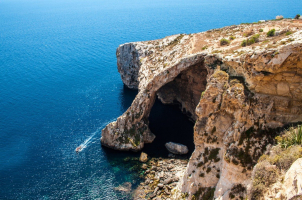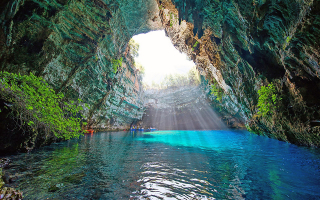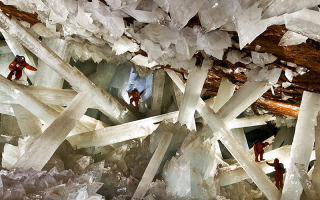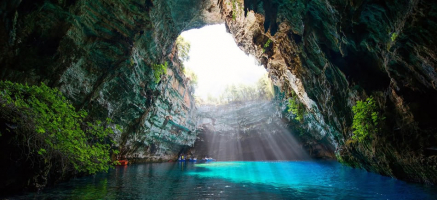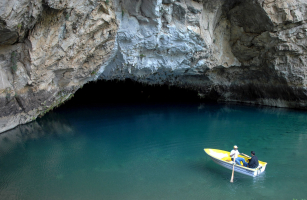Top 4 Most Beautiful Caves In Namibia
Namibia is known for the striking geology, such as the Namib's towering dunes, the craggy Fish River Canyon, the Brandberg's granite mass, and Etosha National ... read more...Park's glistening pans, but going deeper reveals another dimension that proves Namibia is unique in both inside and out. For more detailed information, let’s Toplist introduce to you the list of the most beautiful caves in Namibia!
-
Arnhem Cave is the first name on the list of the most beautiful caves in Namibia. Arnhem Cave, located on the outskirts of the Kalahari Desert, 85 kilometers from Windhoek, is Namibia's longest and most easily accessible cave. Cave lamps and torches are used to navigate the cave's 4,800 meters of tunnels. The ancient desert's red sand and the sweeping vistas that surround the cave's location are reason enough to pay a visit.
Arnhem was discovered in 1930 by farmer DN Bekker, who discovered it in a layer of limestone and dolomite sandwiched between folds of stratified quartzite and shale. Mining operations started extracting the deposits of lucrative bat guano, which was commonly used as fertilizer at the time. Arnhem Cave is also home to several bat species, including the world's largest insect-eating bat, the giant leaf-nosed bat. Visitors should not disturb these amazing creatures because they are part of the cave's delicate ecosystem.
Location: Arnhem Cave, Windhoek, Khomas, Namibia
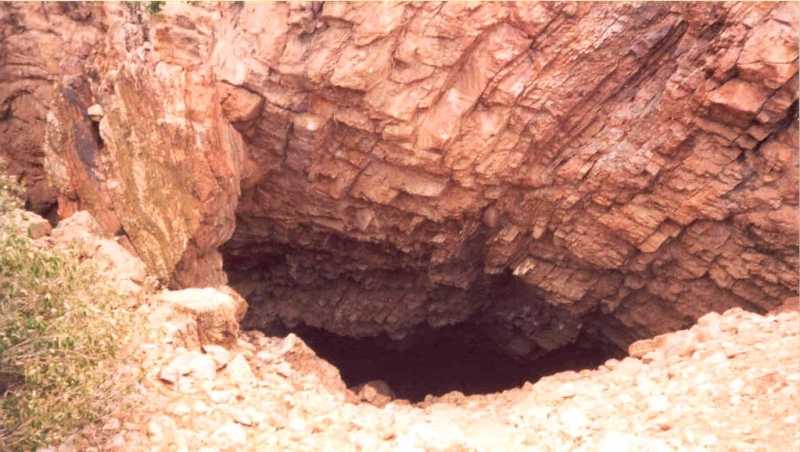
Arnhem Cave. Photo: flickr.com 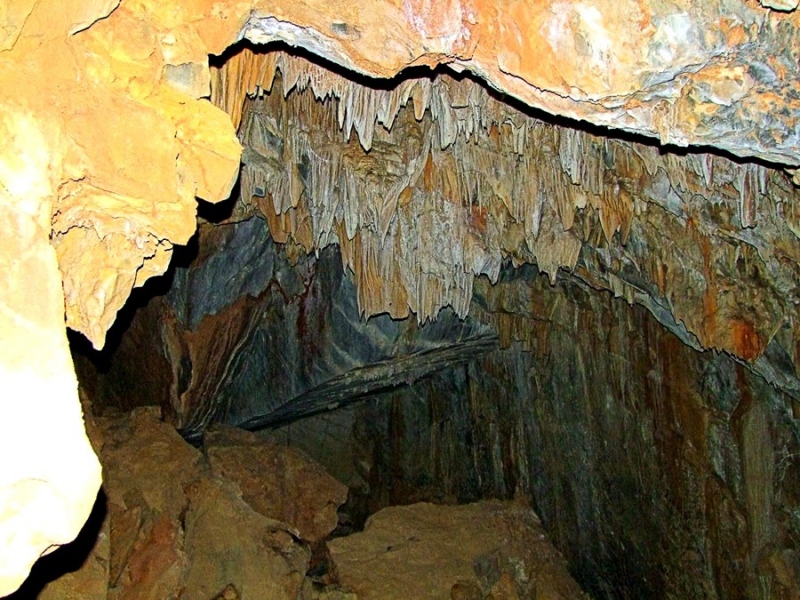
Arnhem Cave. Photo: namibiatourism.com.na -
Ghaub Cave is the next name on the list of the most beautiful caves in Namibia that Toplist would like to introduce to you. Dr. Henry Fedder discovered the cave in 1914, and it is Namibia's third-largest cave, reaching a depth of approximately 38 meters and stretching over 2,5 kilometers with numerous channels. This cave can be found in the Otavi Mountains, south of Tsumeb, at Ghaub Guest Farm.
The cave is made up of four different rock types, with dolomite and sandstone as the primary geology, as well as limestone, which is partially interspersed with crystal stone. The cave's interior contains a large and deep lake. Only guided tours are permitted to enter the cave, and visitors are provided with a miner's lamp and a safety helmet. Ghuab Cave features stalactites and stalagmites, as well as petrified underground waterfalls, an unusual organ-pipe formation of stalagmites, interesting crystal formations, and priceless san art.
Location: Ghaub Cave, Tsumeb, Namibia
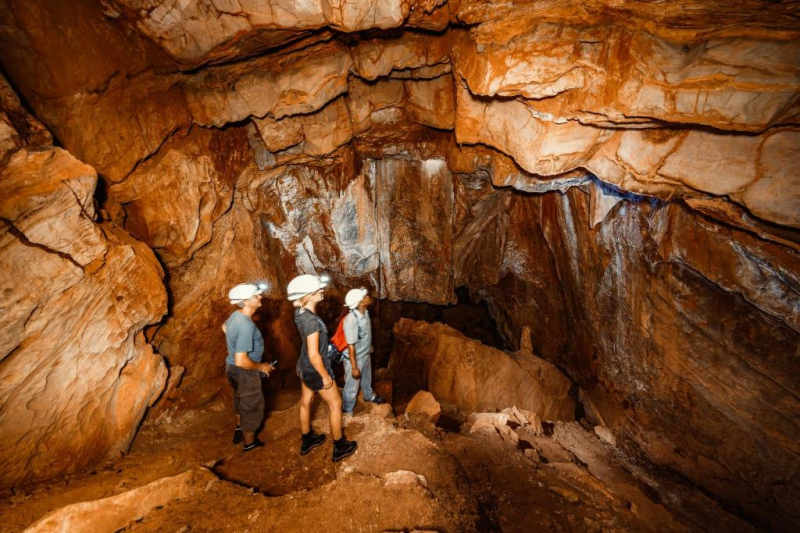
Ghaub Cave. Photo: booking.com 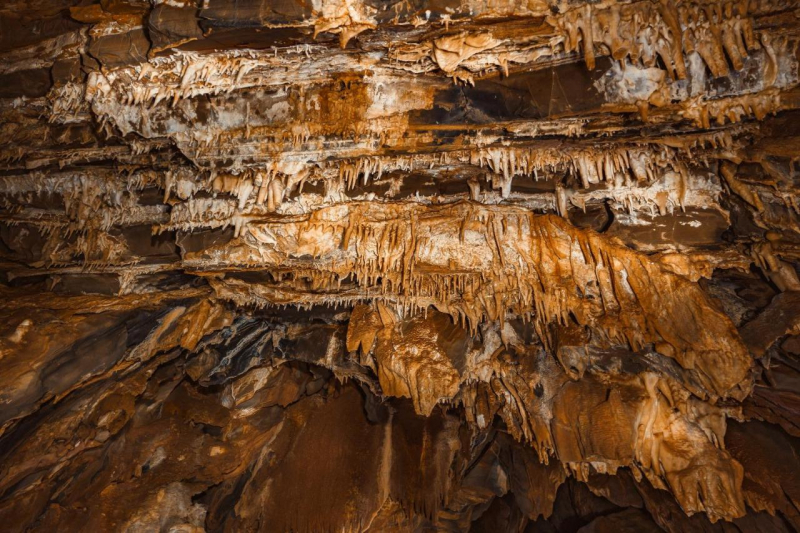
Ghaub Cave. Photo: booking.com -
Dragon’s Breath Cave is the next name of Namibia’s most beautiful caves that Toplist has compiled for you. The world's largest underground lake, with a surface area of nearly 2 hectares, is located in Dragon's Breath Cave, one of Namibia's most well-known caves. The cave, which was discovered in 1986, is a true natural wonder and it is geologically significant because it is home to the world's largest non-subglacial underground lake.
A permit is required to enter this cave, which is only open to the brave, experienced, and well-equipped enthusiast. In other words, Dragon's Breath Cave is only accessible to experienced cavers who have all of the necessary equipment. Those brave enough to venture into these dangerous depths may be rewarded with sightings of the Golden Cave catfish, a species that was only discovered in 2013 but has been living here undisturbed for thousands of years.
Location: Dragon’s Breath Cave, Grootfontein, Otjozondjupa Region, Namibia
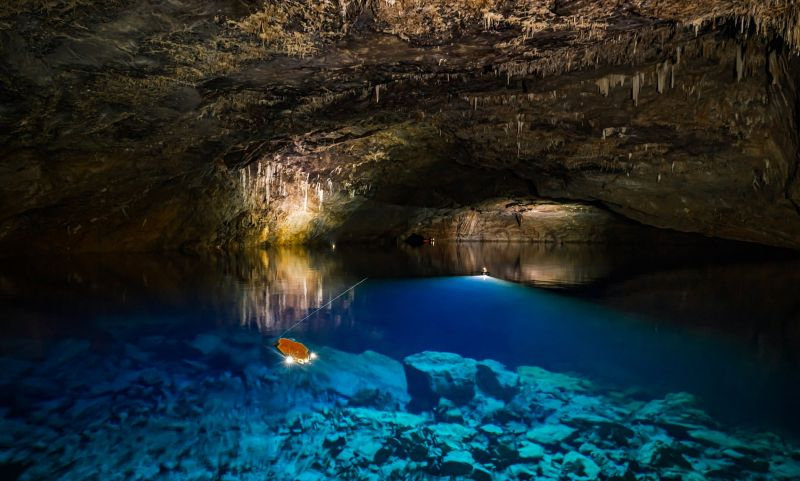
Dragon’s Breath Cave. Photo: wantedinafrica.com 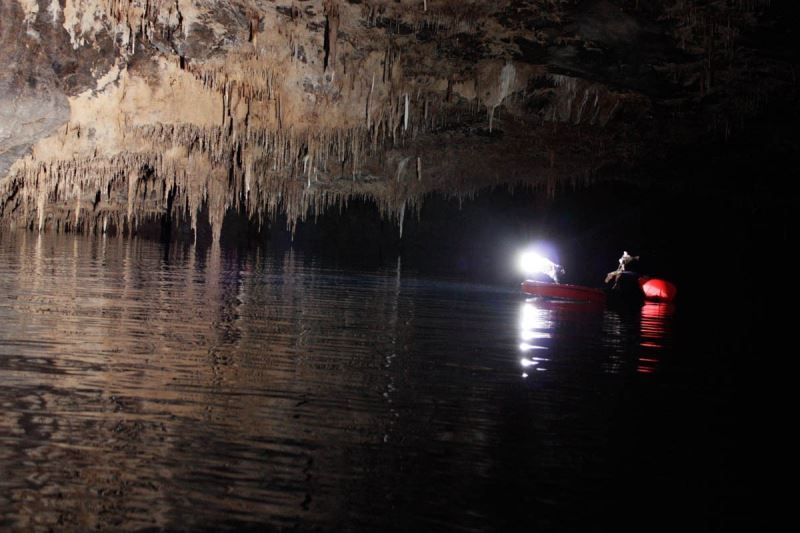
Dragon’s Breath Cave. Photo: kyluc.vn -
Phillips Cave is the next name on the list of the most beautiful caves in Namibia. Phillips Cave is located in the Erongo Mountains near Karibib, at Ameib Ranch, and is one of Namibia's most easily accessible caves. The unusual humpbacked white elephant san rock painting can be seen here. This highlight will appeal to anyone interested in history, particularly bushman rock art.
The aptly named "elephant's head" and "bull's party", which is a collection of remarkably round granite boulders precariously balanced on the earth's surface, are two interesting rock formations found close to the caves. You can reach Phillips Cave after a 40-minute (minimum) one-way walk from the parking lot, or you can walk straight from the guesthouse, which will take about an hour. You might see endemic bird species like the Hartlaub Francolin and White-tailed Shrike on the trail to the cave, which passes through beautiful scenery.
Location: Phillips Cave, Erongo, Namibia
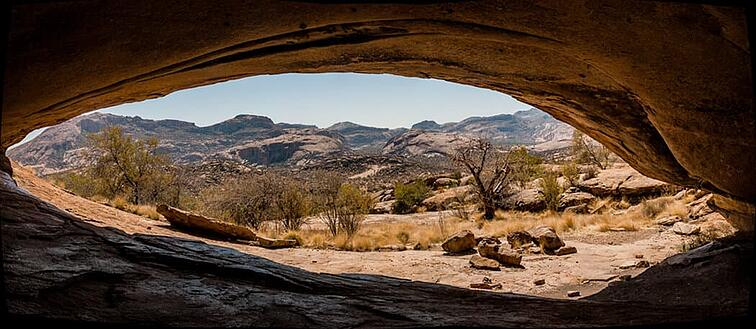
Phillips Cave. Photo: gondwana-collection.com 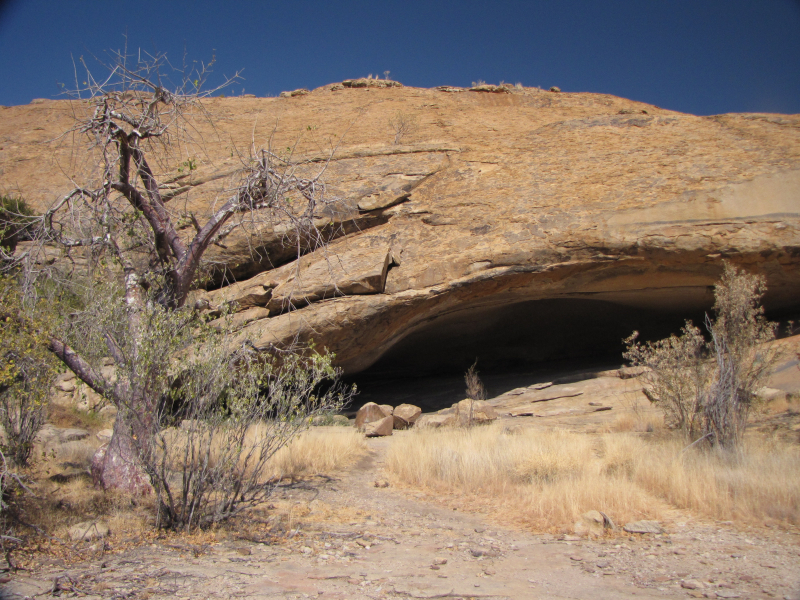
Phillips Cave. Photo: commons.wikimedia.org






